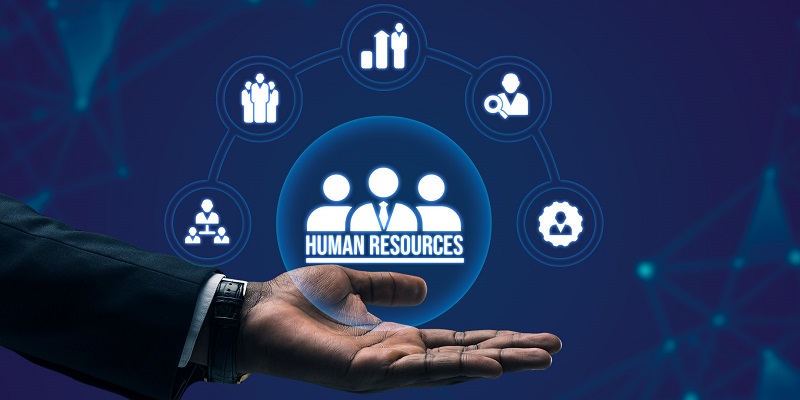Managing human resource needs can be challenging for small businesses and startups due to limited budgets and the absence of a dedicated HR department. However, with the advent of HR software solutions, these organizations can automate tasks, streamline processes, and enhance overall efficiency. In this article, we will explore the benefits of HR software, the popularity of cloud-based solutions, different types of HR software, how to evaluate your needs, researching and testing options, creating a shortlist, implementing and onboarding, payroll solutions, and the top HR software choices for small businesses.
Benefits of HR Software
Modern HR software solutions come equipped with powerful automation features that alleviate the burden of repetitive tasks. From sending email reminders to processing payroll and monitoring timekeeping, these automated functions save time and minimize errors. HR professionals can focus on strategic initiatives and employee engagement, knowing that routine administrative tasks are streamlined.
The Popularity of Cloud-Based HR Software
According to Business.com, millions of small businesses now rely on cloud-based HR software for its efficiency, accuracy, and convenience. Cloud-based solutions offer benefits such as remote accessibility, easy scalability, data security, and automatic updates. These factors make cloud-based HR software an attractive option for small businesses and startups.
Different Types of HR Software
When exploring HR software options, it is important to understand the different types available. The three main types of HR software are HRIS (Human Resources Information System), HRMS (Human Resources Management System), and HCM (Human Capital Management). Each type caters to specific HR management needs, ranging from basic employee data management (HRIS) to comprehensive HR functions like talent acquisition, performance management, and training (HCM).
Evaluating Your Needs
Before choosing an HR software provider, it is essential to determine your organization’s most pressing HR needs and what you hope to achieve with the software. Consider factors such as employee data management, onboarding/offboarding processes, performance evaluations, benefits management, time and attendance tracking, payroll, and compliance requirements. Identifying these priorities will help you select the software that aligns best with your needs.
Researching and Testing Options
To ensure that you make an informed decision, conduct thorough research on various HR software providers. Look for unbiased reviews and testimonials on third-party websites to gain insights into the user experience. Additionally, take advantage of free trials or demos offered by the software providers to test their functionality, user-friendliness, and compatibility with your organization’s requirements.
Creating a Shortlist
Based on your research and testing, create a “top contender” list comprising the HR software options that best meet your needs. Consider factors such as user feedback, features offered, pricing plans, integration capabilities, and customer support. This systematic approach will help you compare and contrast your options effectively.
Implementing and onboarding
Implementing and onboarding new HR software requires careful planning, communication, and training. Ensure that your team understands the benefits and functionality of the chosen software. Facilitate open communication channels and provide training to help users navigate the system smoothly. Gaining buy-in from your team will foster a smoother transition and maximize the potential of the HR software.
Payroll Solution
If your organization requires a payroll solution, RUN Powered by ADP offers an Essential Payroll plan. This plan includes basic payroll management, tax filing, compliance monitoring, and error detection. By incorporating payroll into your HR software, you can streamline your overall HR processes, eliminate redundancies and inaccuracies, and ensure compliance with tax and legal regulations.
Top HR Software Options
RUN Powered by ADP: A comprehensive HR software offering payroll solutions and a wide range of HR management features.
Deel: An all-in-one platform catering to remote and international workforce management.
Gusto: A user-friendly HR software providing payroll, time tracking, and benefits management.
BambooHR: A cloud-based HRMS that simplifies employee data management, onboarding, and performance evaluations.
Rippling: An HR software solution that combines payroll, benefits, and IT administration in a single platform.
Paycor: An HRIS that offers features such as recruiting, onboarding, timekeeping, and benefits administration.
Zoho People: A comprehensive HCM solution that covers HR management, performance evaluations, and employee self-service.
Choosing the right HR software is crucial for small businesses and startups to streamline their HR operations and enhance overall efficiency. By understanding the benefits of HR software, evaluating your organization’s needs, researching and testing options, and implementing the chosen software effectively, you can transform your HR processes and provide a better employee experience. Consider the top HR software options mentioned in this article and select the one that aligns best with your organization’s goals and requirements.

